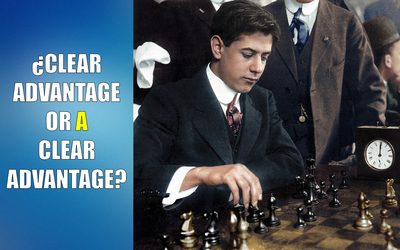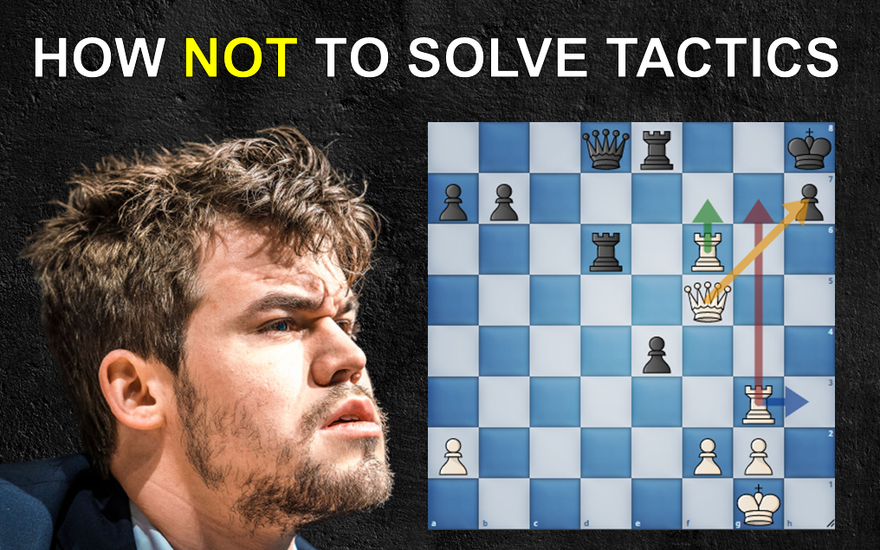
Why Solving Tactics Can Hurt Your Calculation
How not to solve tactical puzzlesSolving tactical puzzles is one of the most recommended ways to improve for beginners. This is partly where its popularity stems from, and why chess websites implement puzzle-solving features for their users. For example, Lichess has its Puzzles section, as well as Chess.com.
As in other sites, we have to solve positions of a difficulty that is adjusted (by rating system) as we succeed and fail.
However, the solutions of tactical positions that are presented in this type of sites have certain differences with the tactical situations of real games. Understanding these differences helps us train in the best way possible to improve our playing strength.
Differences between a tactical puzzle and a real-game situation
I will be showing you the three main differences, and then I will comment on some ways to avoid falling into certain calculation 'errors' that can result from solving these problems, as well as certain alternatives when choosing materials to work on calculation.
1. The position is winning for us... and we know it!
Perhaps this is the biggest difference with a real game, and the one that can be felt the most when we play. The mere fact of knowing that we are at a decisive moment changes our perception. Many players master tactical themes but lack the alertness necessary to know that they are at a point in the game where it can be applied.
In the simplest positions, this difference stands out: the few forcing moves that we have available, we know must be winning, since there are no other options and we can think by discarding.
2. There is only one solution
In the typical 'online' tactical puzzles, there is only one move that solves the problem and gains an advantage. Although in real games it is not clear that this is the case, in the exercises we can operate according to this knowledge and 'discard' similar moves, opting for the forcing move that stands out the most. The following example is clear in this regard:
3. You can play the right sequence move by move
In a game it is not advisable to start a tactical combination because the initial move is the only forcing move and it 'looks good'. While intuition plays an important role, being unsure of what the continuation is often results in the tactical situation turning against you.
In online tactics, however, many times we can make a move by discarding others, and then solve problems as they appear, knowing that we are already on the right track and the position is winning.
Ok, but how should we solve tactics then?
Due to the same factors that tactics drills differ from a real match, they are excellent for learning and training basic tactical motives. They allow us a rapid repetition of the patterns to incorporate and exercise our detection of them.
That said, if part of the objective with which the exercises are carried out is to improve calculation in the face of a chess competition, the recommendation that I can offer you is to try to forget that you are facing a tactical exercise, seeking to replicate the starting situation as much as possible.
It would be important to consider what consolidation or 'keeping the balance' moves we would make if we can't find the tactical blow. That is a good way to bridge the gap created by the position being won and there only being one solution.
Writing the variations that we calculate is excellent to avoid the 'error' of going move by move, and has been recommended by specialists in the development of the calculation (e.g. Volokitin, Grabinsky, Dvoretsky, Aagard, Jussupow).
Other resources for solving tactics
Tactics books eliminate the difference of us going move by move (you can find many recommendations online)
ChessTempo is a website for tactical exercises that allows us to play positions in which we have to save ourselves by defending or win tactically, in its 'Mixed' mode, without knowing what we have to do in each position (much more similar to a real game). In turn, it also marks certain moves as good but not ideal (decreasing the 'error' of only correct move).
Lichess allows us to train tactics in positions that we must use to maintain equality: https://lichess.org/training/equality (avoiding the first difference with a real game).
I'll happily read your suggestions as well!
Thank you for your attention, I hope this information will serve you for your chess training.
Cheers,
Juan
More blog posts by juancruzariasTDF
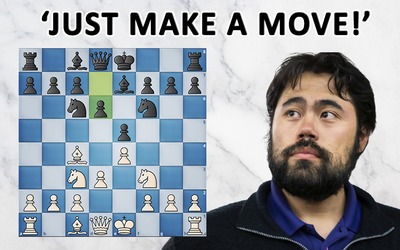
How To Stop Running Out Of Time
The psychology behind time trouble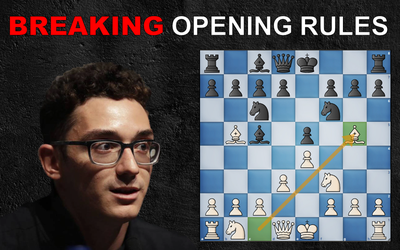
Opening Principles and How To Break Them
The typical opening mistakes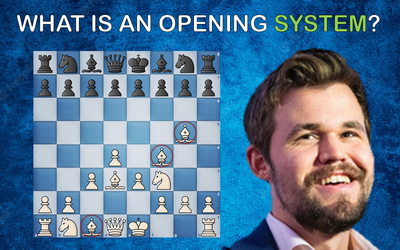
The Lazy Man's Guide to Openings
The easy way to survive the opening